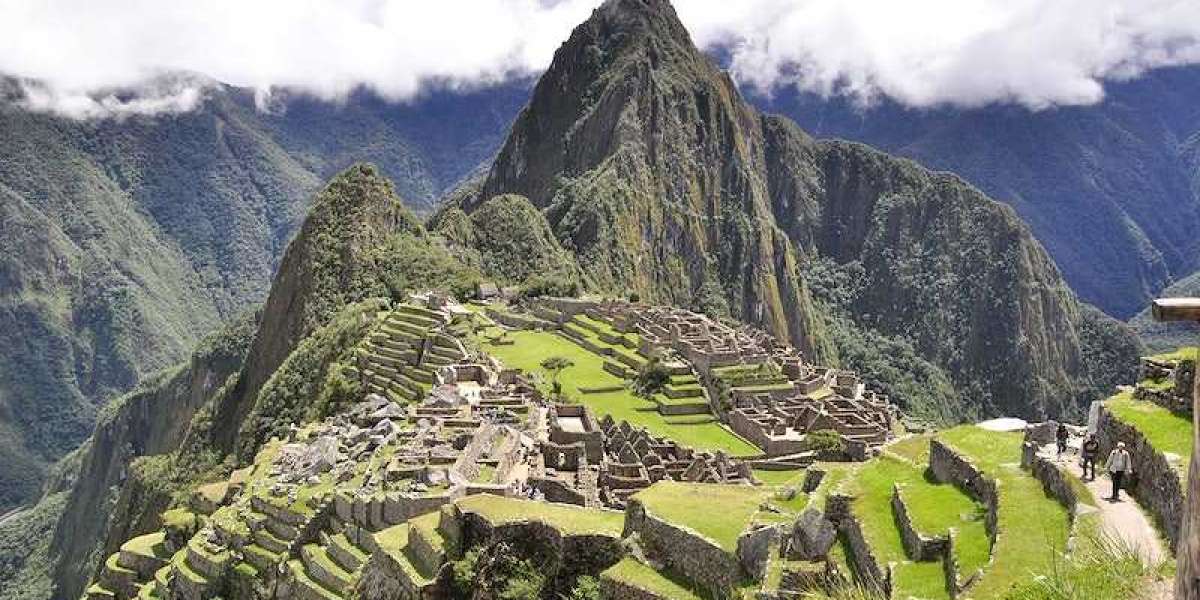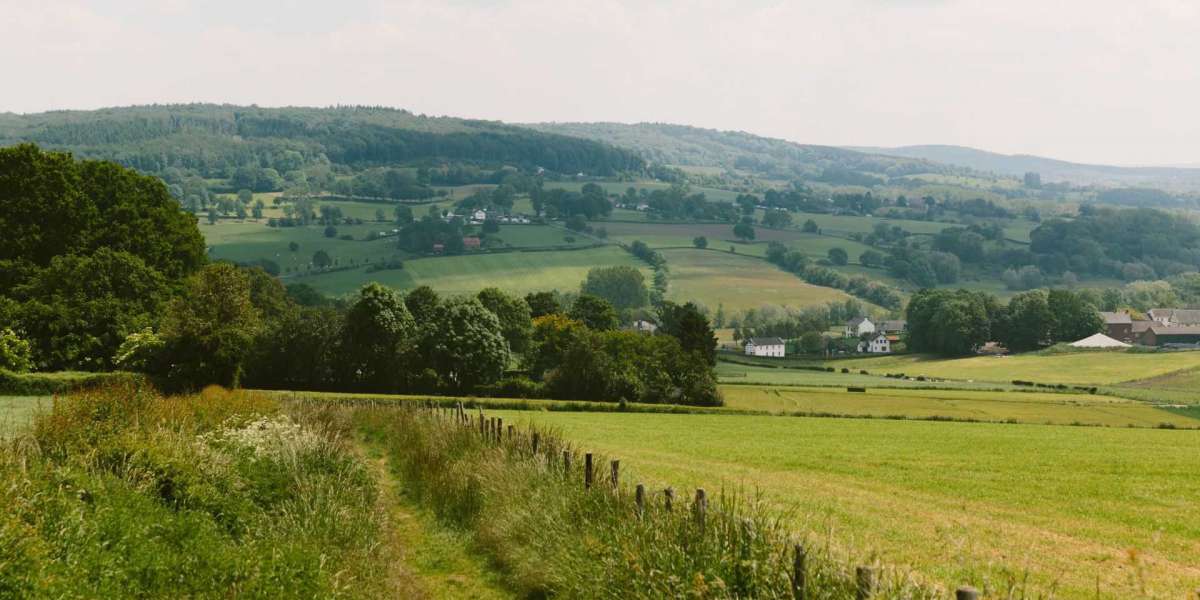History
The Pyramids of Giza were built during the Old Kingdom period of ancient Egypt, between the 26th and 23rd centuries BCE. They were constructed as tombs for the pharaohs Khufu, Khafre, and Menkaure, and their construction required an immense amount of resources and manpower. According to some estimates, it may have taken up to 100,000 workers over 20 years to build the Great Pyramid of Khufu alone. Although the exact methods used to build the pyramids are not fully understood, despite centuries of research. However, it's believed that they were constructed using a combination of skilled labor, advanced engineering, and innovative techniques. The construction of the pyramids remains a fascinating mystery.
The Pyramids of Giza were not only monumental tombs but also symbols of the pharaohs' power and connection to the gods. They were designed to align with the stars and served as a gateway to the afterlife for the pharaohs and their consorts. Although the pyramids have been looted and damaged over the centuries, they continue to be an enduring testament to the skill and vision of ancient Egyptian architects and builders.
Astonishing Facts
- The Great Pyramid of Khufu is the largest of the three pyramids, standing at a height of 147 meters (481 feet). It was the tallest structure in the world for more than 3,800 years until the construction of the Lincoln Cathedral in England in the 14th century.
- The pyramids are made of limestone blocks that weigh an average of 2.5 tons each. Some blocks weigh as much as 80 tons and were transported from quarries that were miles away.
- The pyramids are not perfectly aligned with the points of the compass. The Great Pyramid of Khufu, for example, is aligned to true north with an accuracy of just 3/60th of a degree.
- The pyramid complex includes not only the three main pyramids but also smaller pyramids, temples, and other structures. The Great Sphinx, a large statue of a mythical creature with the body of a lion and the head of a human, is also located nearby.
Mystical Elements
The Pyramids of Giza are not only impressive feats of engineering but also hold a special place in the imaginations of people around the world. Some believe that the pyramids were built with the help of extraterrestrial beings or possess mystical powers. Others see them as symbols of ancient wisdom and knowledge.
The pyramids have also been associated with various legends and mysteries over the centuries. One popular theory is that the pyramids were built by a lost civilization with advanced knowledge of astronomy and mathematics. Another theory suggests that the pyramids contain hidden chambers or secret passages that have yet to be discovered.
Travel Advice and Practical Information
If you're planning a trip to the Pyramids of Giza, there are a few things to keep in mind. Here are some travel tips and practical information:
- The pyramids are located in Giza, which is about 15 kilometers (9 miles) southwest of Cairo. You can get there by taxi, bus, or organized tour.
- The pyramids are open to visitors every day from 8 am to 5 pm. There are separate tickets for the pyramids, the Sphinx, and the pyramid complex as a whole.
- Tickets for the Pyramids of Giza can be purchased on-site at the entrance gate or online through the website of the Egyptian Ministry of Antiquities or other authorized ticket vendors. It's recommended to purchase tickets in advance to avoid long lines and ensure availability.
- Wear comfortable shoes and dress appropriately for the weather. Egypt can be hot and dry, so it's important to wear lightweight and breathable clothing, a hat, and sunscreen. Avoid wearing high heels or sandals with thin soles, as the ground around the pyramids can be uneven and rocky.
- Be prepared for crowds and touts. The pyramids are a popular tourist attraction, so you can expect to encounter large crowds and persistent vendors trying to sell you souvenirs or camel rides. Be firm but polite when declining offers and keep your valuables secured.
- Hire a guide or join a tour. Having a guide or joining a tour can be helpful for getting more in-depth information about the history and significance of the pyramids. A guide can also help you navigate the crowds and avoid scams. Check the reviews before you hire a guide or join a tour.
- Consider visiting early in the morning or late in the afternoon. The pyramids are less crowded during these times, and the lighting can make for some great photo opportunities.
- Respect the site and its history. The Pyramids of Giza are a UNESCO World Heritage Site and an important part of Egypt's cultural heritage. It's important to treat the site with respect and refrain from climbing on the pyramids or defacing any of the structures. Remember to also respect the local culture and customs.








